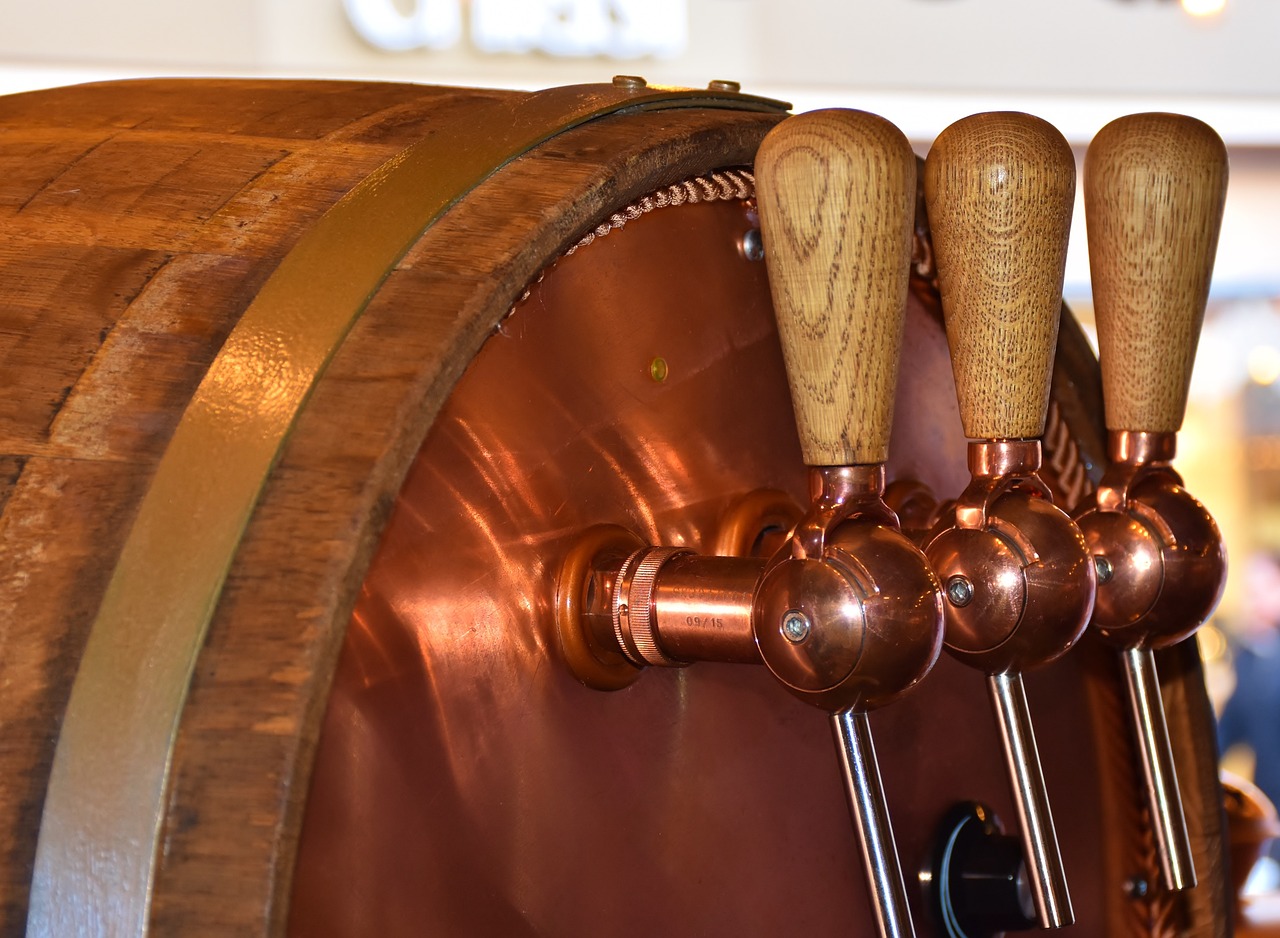You see them in gear boxes and machine shops all of the time. Here’s the story.
Yellow metals refer to a category of alloys characterized by their distinct yellowish color, primarily comprising brass and bronze. These metals are valued for their aesthetic appeal, durability, and wide range of applications.
Brass is an alloy made from copper and zinc. The proportions of zinc and copper can be varied to create different types of brass, each with unique properties. Brass is known for its bright, gold-like appearance and is commonly used in musical instruments, decorative items, plumbing fittings, and hardware due to its corrosion resistance and malleability.
Bronze, another yellow metal, is primarily an alloy of copper and tin, though it may also include other elements like aluminum, manganese, or nickel. Bronze is historically significant, known for its use in sculptures, medals, and bearings. It is valued for its hardness, wear resistance, and ability to withstand the elements, making it suitable for outdoor sculptures and marine applications.
Yellow metals, combining aesthetic beauty with functional properties, are essential in various industries. They offer a blend of visual appeal and practical advantages, making them popular choices in both historical and modern contexts. Whether in art, industry, or everyday objects, yellow metals continue to play a crucial role.
